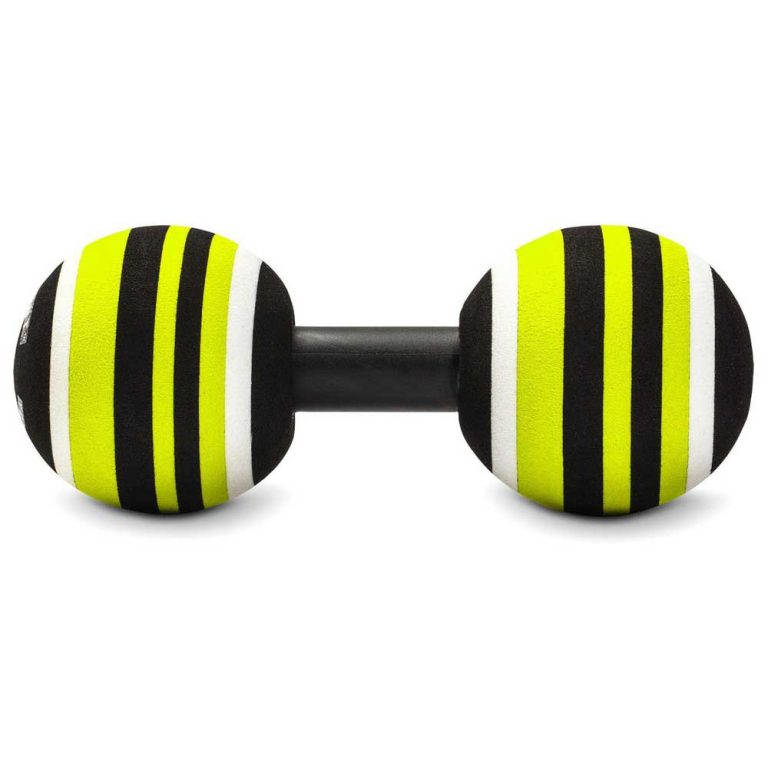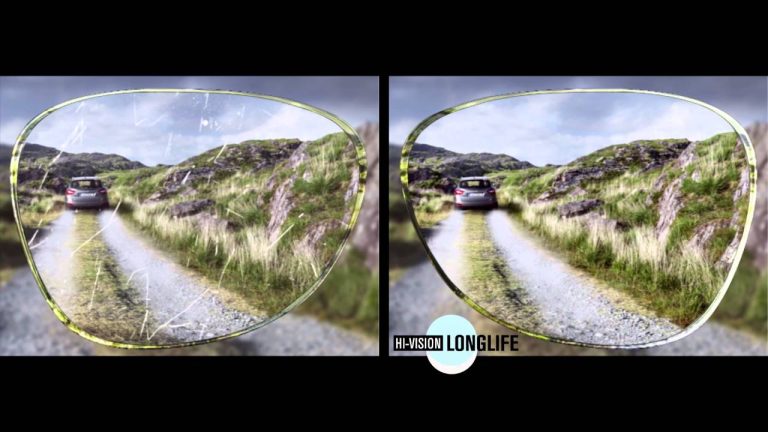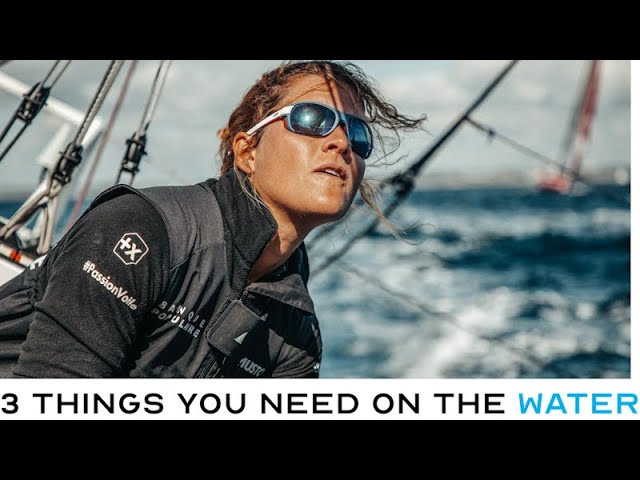Hoya Vision’s Guide to Choosing the Right Lens Material for Prescription Military Goggles with Readers
Introduction
Prescription military goggles with readers are an essential piece of equipment for anyone working in the military, law enforcement, or other professions that require the use of protective eyewear. However, choosing the right lens material for these goggles can be a daunting task, as there are many factors to consider. In this guide, we will take a closer look at the different types of lens materials available for prescription military goggles with readers, and provide you with the information you need to make an informed decision.
Polycarbonate Lenses
Polycarbonate lenses are a popular choice for prescription military goggles with readers because of their high impact resistance. These lenses are 10 times more impact resistant than glass, making them an ideal choice for use in harsh environments where eye protection is critical. In addition, polycarbonate lenses are lightweight and shatterproof, making them a great choice for anyone who needs to wear their goggles for extended periods of time.
Pros
- High impact resistance
- Lightweight and shatterproof
- Good optical clarity
Cons
- Less scratch resistance compared to other lens materials
- May distort peripheral vision
Trivex Lenses
Trivex lenses are another popular choice for prescription military goggles with readers. These lenses are similar to polycarbonate lenses in that they are lightweight and impact resistant, but they also offer superior optical clarity. Trivex lenses are also scratch resistant, making them a great choice for anyone who needs their goggles to last a long time.
Pros
- High impact resistance
- Superior optical clarity
- Scratch resistant
Cons
- More expensive than polycarbonate lenses
- May distort peripheral vision
High-Index Lenses
High-index lenses are a good choice for anyone who needs prescription military goggles with readers but doesn’t want to sacrifice style for function. These lenses are thinner and lighter than standard lenses, meaning they can be made with a smaller frame. This makes high-index lenses a good choice for anyone who wants a sleek, low-profile look.
Pros
- Thinner and lighter than standard lenses
- Can be made with a smaller frame
- Good for people with high prescriptions
Cons
- May not be as impact resistant as other lens materials
- May be more expensive than other lens materials
Conclusion
As you can see, there are several factors to consider when choosing the right lens material for your prescription military goggles with readers. Ultimately, the decision will depend on your specific needs and preferences. Polycarbonate lenses are a good choice if you need high impact resistance, while trivex lenses offer superior optical clarity. High-index lenses are a good choice if you want a sleek, low-profile look. Whichever lens material you choose, be sure to take your time and choose a pair of goggles that meet all of your needs.
Contents
Most wanted in Hoya Vision:
What are prism eyeglass lenses?
Hoya Lens Engravings
What brand lenses does Costco use?
What does +0.25 mean on an eye test?
Do tinted glasses help with migraines?
Should eyeglasses cover eyebrows?
Hoya Identification Chart
What LED light is best for broken capillaries?
Does hyperopia worsen with age?
What is the difference between Ray Ban RB and Rx?
















